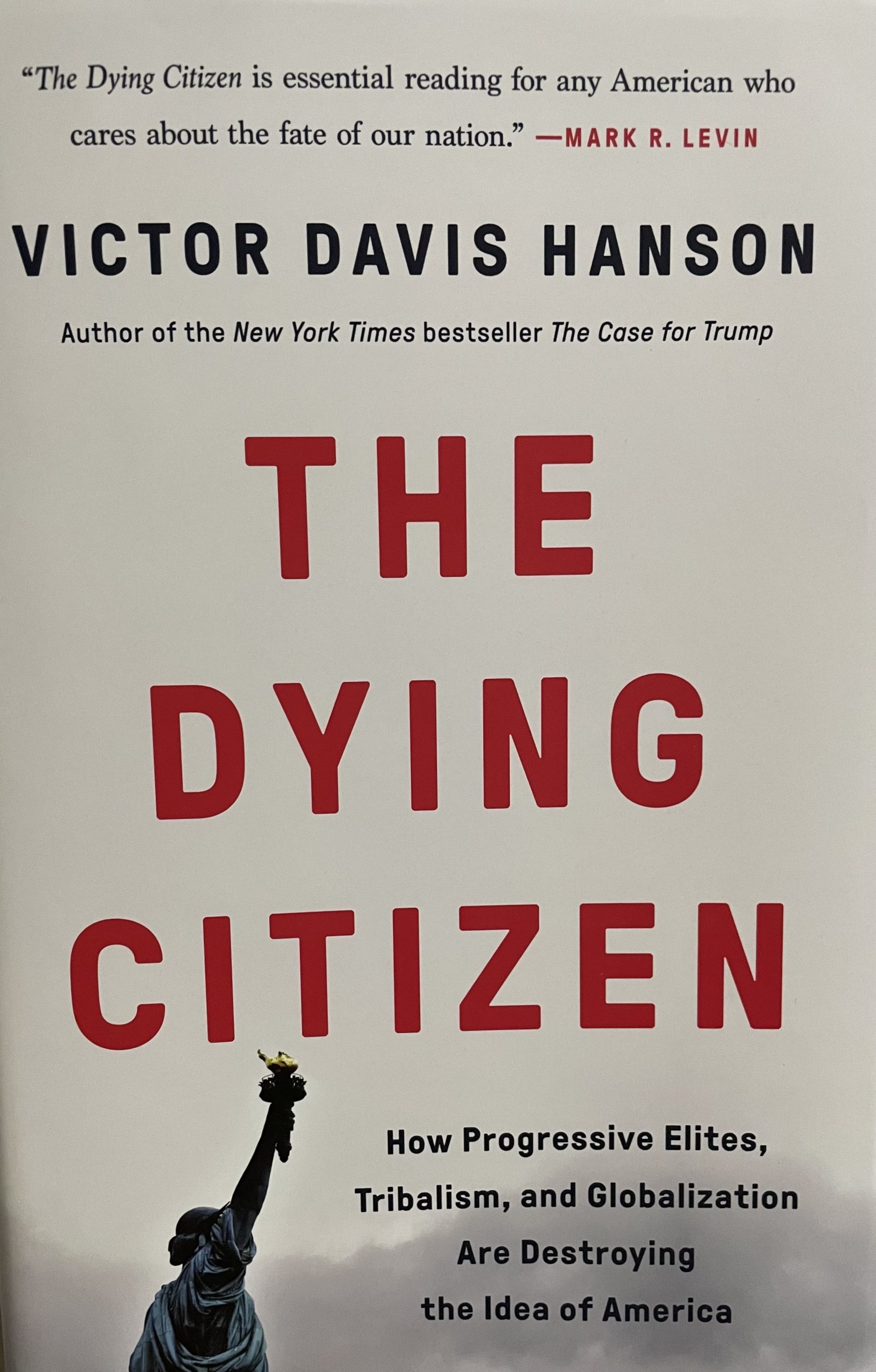In a recent lecture at the Family Research Council (FRC), Ryan McPherson, an associate professor of history at Bethany Lutheran College, claimed that no-fault divorces played a pivotal role in the culture wars.

Even though the “dissolution revolution never quite finishes,” somehow the term “no-fault divorce” has “acquired colloquial acceptance,” McPherson pointed out in remarks at the FRC. “By 1980, thirty-seven of the fifty states had significantly altered their divorce laws toward the no-fault standard of California and the UMDA [Uniform Marriage Dissolution Act],” McPherson wrote in an essay which appeared in The Family in America: A Journal of Public Policy.
The Family in America is published quarterly by the Howard Center for Family, Religion and Security. Yet and still, while California set the standard for Divorce American Style, even the architect of the Golden State’s UMDA, admitted there were unintended consequences of, essentially, redefining divorce.
“Women and children have borne the brunt of the transition that took place in California’s legal regulation of the family between 1970 and 1987,” Herma Hill Kay, a professor at UC Berkeley, stated in 1987. Nevertheless, no-fault divorce never made it into the crosshairs of conservative culture warriors.
“Strangely, the Moral Majority was virtually silent about divorce,” McPherson writes. “Standard histories of Falwell’s movement do not even list ‘divorce’ in the index.”
Moreover, religious leaders pretty much went with the flow too. “As early as 1988, half the staff directors appointed to the Lutheran Layman’s League—an affiliate of the conservative Lutheran Church Missouri Synod—were ‘divorced and remarried,’ a fact which its board dismissed as irrelevant to their work as Christian mentors,” McPherson writes.










